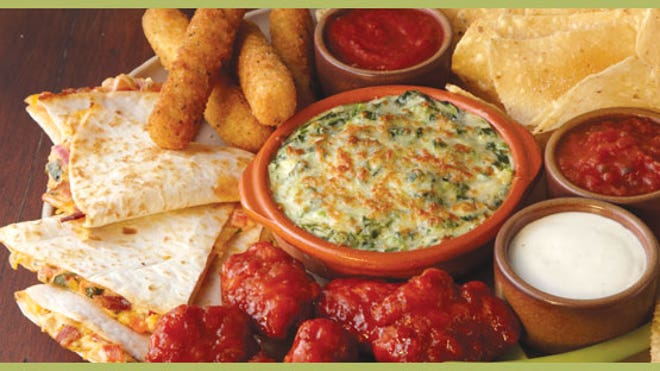Your kids are going to snack. Here's how to make it healthier.

Kids are snacking more than ever, and as a parent, you've got the power to make those snacks helpful.
Yes, they're getting extra calories from snacks. And yes, snacks are often too sugary.
Still, some snacking can be good for children -- within limits.
“Kids, especially younger ones, have erratic eating habits, and healthy snacks can fill in nutrition gaps,” says Maryann Jacobsen, RD.
Snacking can help kids keep their energy up, make up for skimpy or skipped
breakfasts, and provide fuel before after-school sports or other activities.
What Makes a Good Snack
Think of snacks as mini meals.
Most of the time, feed your child the same types of foods you would at breakfast, lunch, and dinner, including low-fat dairy and other lean protein sources, such as eggs, whole grains, fruits, and vegetables.
Good snacks provide carbohydrates, protein, fiber, and some healthy fat. Generally speaking, foods rich in protein or fiber help kids stay fuller for longer, and they’re packed with the nutrients kids need to thrive.
There’s debate about how many calories a child’s snack should provide, but it makes sense to aim for about 100 calories for smaller children, to upwards of 300 calories for active teenagers. Let your child’s hunger rule what he or she eats.
19 Simple, Do-It-Yourself Snacks
Making your own snacks to have at home or take with you is usually your best, most budget-friendly choice. Try these:
- A small amount of guacamole or low-fat bean dip, and baked snack chips or toasted whole wheat pita bread, broken into chips
- Low-fat microwave popcorn tossed with Parmesan cheese
- Trail mix ingredients: 1/4 cup each: whole-grain cereal, raisins or dried cranberries, and 2 tablespoons each: sunflower seeds or chopped nuts
- Low-fat ice cream or frozen yogurt topped with fresh fruit
- Snack size (8 ounce) box of low-fat plain or chocolate milk and whole wheat pretzels

- Whole-grain crackers, string cheese, and mango slices
- Cooked or raw vegetables with low-fat ranch dressing, and a hard-boiled egg
- Instant oatmeal made with milk in the microwave with 1 teaspoon cocoa powder stirred in and topped with sliced raspberries or strawberries
- Whole-wheat pretzels with peanut butter, almond butter, or sunflower seed butter

- Cherry chocolate smoothie: Combine 1 cup low-fat milk, 1/2 cup vanilla low-fat yogurt, 1/2 cup frozen or fresh pitted cherries, and 2 tablespoons dark chocolate chips in a blender or food processor and mix until smooth

- Bowl of whole-grain cereal and low-fat milk
- Edamame
- Small container of low-fat Greek yogurt
- Mini bagel spread with low-fat cream cheese and strawberry jam, and low-fat milk
- Hummus and whole wheat pita chips
- Half a sandwich and glass of orange juice fortified with calcium and vitamin D

- Slice of pizza
- Hard-boiled egg and whole-grain roll
- Pistachios in the shell and glass of chocolate milk
Be a Choosy Snacker
What if other people offer your child less-than-nutritious foods?
“Teach kids to honor their hunger, and that they don’t always have to eat what’s offered to them," says Jacobsen, who's a mother of two.
Also, be a snack role model. What do your kids see you snacking on? As kids get older, they generally follow your lead, so choose your own snacks wisely.
Read also:
--------------------------------------------------------------------------------------------------------------------
SOURCES:
Karen Ansel, RD.
Maryann Jacobsen, RD, nutrition consultant and blogger.
Piernas, C. Health Affairs, 2010.
Reviewed by Brunilda Nazario, MD on January 28, 2013
© 2011 WebMD, LLC. All rights reserved.


















.jpg)

.jpg)





